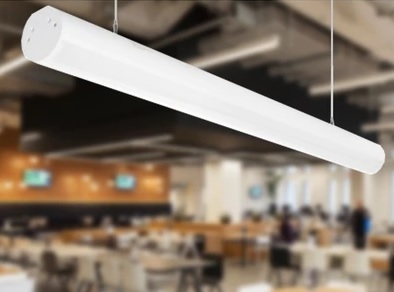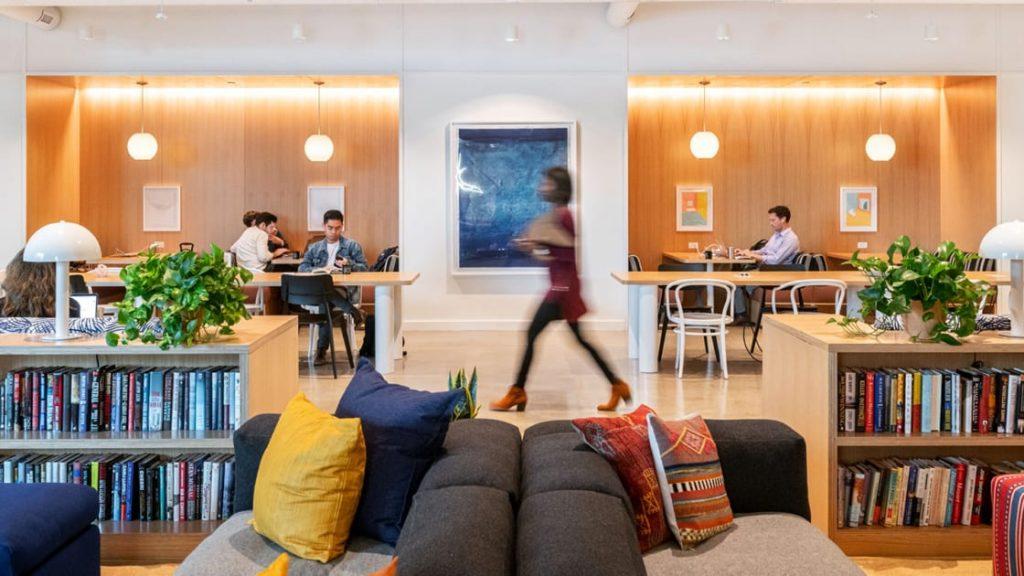There are many factors to consider when choosing the best type of lighting for an office. The most important considerations are the amount of natural light in the space, the type of activities that will be taking place in the office, and the necessary level of illumination. If there is a lot of natural light available in the office, then fluorescent lighting may not be necessary.
However, if the amount of natural light is limited or there are areas of the office that are not well-lit, then fluorescent lighting may be the best option. Fluorescent lighting provides a bright, even light that can help to reduce eye strain and fatigue.
Most people believe that natural light is the best type of lighting for an office. However, this is not always possible, and artificial lighting must be used. The type of artificial lighting you use can have a big impact on the overall feel of your office.
Here are some tips to help you choose the best type of lighting for your office:
1. Consider the size of your office. If you have a small office, you may want to consider using track lighting or recessed lighting. These types of lights will not take up much space and will provide adequate light for your needs.
2. Think about the type of work you do in your office. If you do a lot of computer work, you may want to invest in task lights. These lights are designed to provide focused light on a specific area, making it easier to see your screen without causing eye strain.
3. Take into account the overall design of your office. You want your lighting to compliment the rest of your decor, not clash with it. If you have a modern office, sleek fixtures may be the way to go.

Credit: www.superiorlighting.com
What Type of Lights are Used in Offices?
Offices typically use a variety of different light sources, depending on the specific needs of the space. Common types of light used in office settings include overhead fluorescent lights, task lights (such as desk lamps or under-cabinet lights), and natural light from windows.
Overhead fluorescent lights are often used in offices because they provide bright, even lighting that is conducive to work tasks.
However, some people find these lights to be harsh and unflattering, so they may supplement them with task lights for a more comfortable environment.
Task lights are important for creating focused pools of light that make it easier to see what you’re working on. Desk lamps and under-cabinet lights are two common types of task lighting used in offices.
Natural light from windows can also help reduce eye strain and fatigue, so it’s important to take advantage of it when possible.
Is Soft White Or Daylight Better for Office?
When it comes to choosing the right lightbulb for your office, there are a few things to consider. The first is what kind of atmosphere you want to create in your workspace. If you want a bright and airy feel, then daylight bulbs are the way to go.
However, if you’re looking for a more cozy and intimate setting, then soft white bulbs would be better suited.
The second factor to consider is the type of work you’ll be doing in your office. If you need lots of light for tasks like reading or writing, then daylight bulbs are again the best choice.
But if you’ll mostly be working at a computer screen, then softer light from a white bulb will reduce eye strain.
Ultimately, it’s up to you to decide what kind of atmosphere and lighting suits your needs best. But keep in mind that different types of light can have different effects on our moods and energy levels, so choose wisely!
Office Lighting Ideas – How to Choose Office Lighting
Best Home Office Lighting for Eyes
If you work from home, you know how important it is to have a good lighting setup in your home office. Not only does it make the space more inviting and pleasant to work in, but it can also help reduce eye strain and fatigue.
There are a few things to keep in mind when choosing the best lighting for your home office.
First, you’ll want to make sure there’s plenty of light without being too harsh or bright. A good mix of both natural and artificial light is ideal.
Second, you’ll want to be aware of the color temperature of your light sources.
warmer temperatures are more relaxing and comfortable for working, while cooler temperatures can help improve focus and concentration.
Finally, pay attention to the placement of your lights. You don’t want any glare on your computer screen or anywhere else you frequently look while working.
By taking these factors into account, you can create a well-lit home office that will help you be more productive and comfortable while working.
Conclusion
In order to have an efficient and comfortable office, it is important to understand the different types of lighting and how they can impact your space. There are three main types of lighting: natural, artificial, and task.
Natural lighting should be used whenever possible as it is the most energy-efficient and has the least impact on your eyesight.
If you cannot rely on natural light, then artificial light should be used. The type of artificial light you use will depend on the tasks being completed in the office; for example, if workers will be using computers then eye-friendly LED lights should be used.
Task lighting is important to consider as well; this type of lighting is designed to help with specific tasks such as reading or writing.
When choosing task lighting, it is important to make sure that the light source is not too bright or too dim. The right level of task lighting can help improve productivity in the office.

